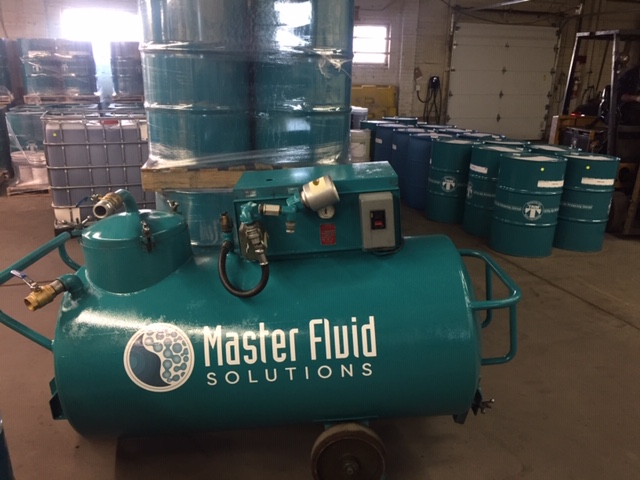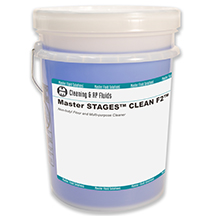Right now, new customers who purchase a minimum of four drums of coolant can rent…
Deep Hole Drilling – How to Do It Right the First Time!
When drilling with an extended drill, typically 9 times the diameter of the drill or longer, there are some important guidelines worth following to avoid costly mistakes and unsuccessful drilling attempts. Drilling deep holes with an extended drill has different requirements, details, and difficulties than smaller holes.
The best way to visualize how drilling a deep hole differs from a smaller hole, for example a 3xD hole, is to take a small shaft and roll it between your palms. Close to your palms the shaft runs true, but on the unsupported end furthest from your palms, the end of the shaft will follow an orbital path, larger than the path near your palms. This is the major problem faced when attempting to start a deep hole with a long drill. The faster you rub your hands together, the larger the orbital path of the tip becomes. With a drill rotating at 50+ RPM, this is amplified and means crooked holes and unsteady drilling.
Deep Hole Drilling with an Unsupported Drill
A special gundrilling machine is the best solution, because the drill is supported and there is none of this “flailing” of the drill end. Unfortunately, most of us only have access to a lathe or mill where the drill must do its job unsupported. In this case, the best practice is to first drill a pilot hole of the same size to a minimum of twice the drill diameter-this will provide a sufficient pilot hole to guide the deep hole drill subsequently. Note, make sure the pilot drill has the same included angle on the tip or greater than the deep hole drill.
Even spinning a deep hole drill unsupported can lead to catastrophe since the long moment arm can cause the drill to snap off the second it touches the workpiece if it is rotated at full drilling rpm.
Steps for Accurate and Safe Deep Hole Drilling
To avoid this from happening and to safely complete your deep hole drilling:
- Feed the drill into the pilot hole at a maximum 50rpm and 12ipm (300mm/min) until you are shy of the bottom of the pilot hole by about a 1/16” (1.5mm)
- At this point, the end of the drill will be sufficiently supported by the pilot hole
- You can then turn on the coolant and to safely ramp up to 50% of the recommended rpm and 75% of the recommended federate
- Once you are about 1xD past the bottom of the pilot hole, you can safely increase the rpm and feedrate to 100% of the recommended speed and feed
- Note: do not use a peck cycle when using Allied T-A style drills-on deep holes the chips can become stuck due to insufficient coolant pressure and or volume
- On through holes, reduce the speed by 50% and federate to 75% just prior to breakout
- At drill retract, turn off the coolant and reduce speed to 50rpm once again before retracting the drill from the hole
Following these simple guidelines will greatly improve your deep hole drilling prowess! Check out our infographic below for more information.
For all your drilling, deep hole drilling, and other holemaking solutions, contact Rotem. We have a wide variety of drills and can help you complete your drilling safely!


